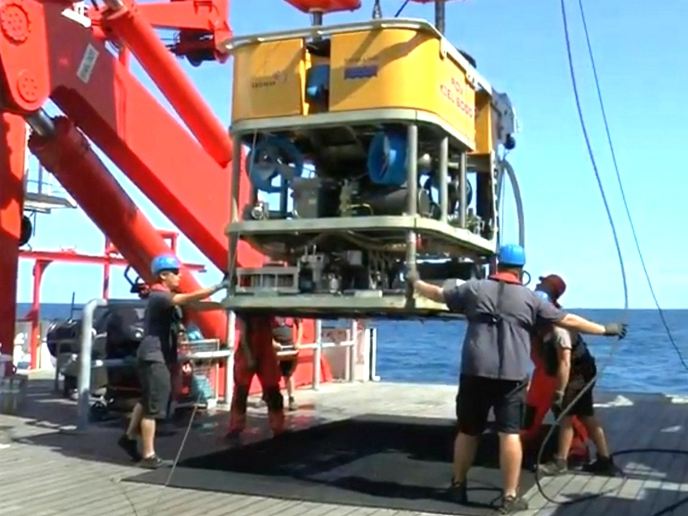Monitoring on-road vehicle emissions
Emissions of carbon dioxide (CO2) by cars, industry and other sources have taken on new importance in a world threatened by climate change. Efforts to monitor CO2 and other pollutants in real time have been hampered by the capabilities and response times of the equipment currently available on the market. A multimillion Euro research project was funded by the GROWTH Programme to promote the use of tuneable laser diodes in such applications. The University of Manchester (UMIST), a participant in the ASSYST project, led the development of a prototype spectrometer based on a laser diode. It focuses on the near infrared (NIR) portion of the electromagnetic spectrum where CO2 and other pollutants, such as carbon monoxide (CO), absorb radiation. The major advantage of the ASSYST spectrometer is the rapid response time of the laser diode. This enabled vehicle emission monitoring at high speeds on road networks, providing a more accurate picture of actual vehicle emissions during normal operating conditions. The equipment was also used on a traditional test bench in a laboratory environment to evaluate how emissions vary with engine load. Another attractive characteristic of the system is its capacity to be easily expanded to monitor a wide range of air pollutants. UMIST and its ASSYST partners have developed all the necessary software and electronics to make this possible. In addition to vehicle monitoring, the consortium also demonstrated the suitability of the system for fenceline monitoring and other open path applications. Further to the success of the project, UMIST is seeking patent protection for the new spectrometer. Future development activities will target the inclusion of additional pollutants, in particular nitric oxide and hydrocarbons.







